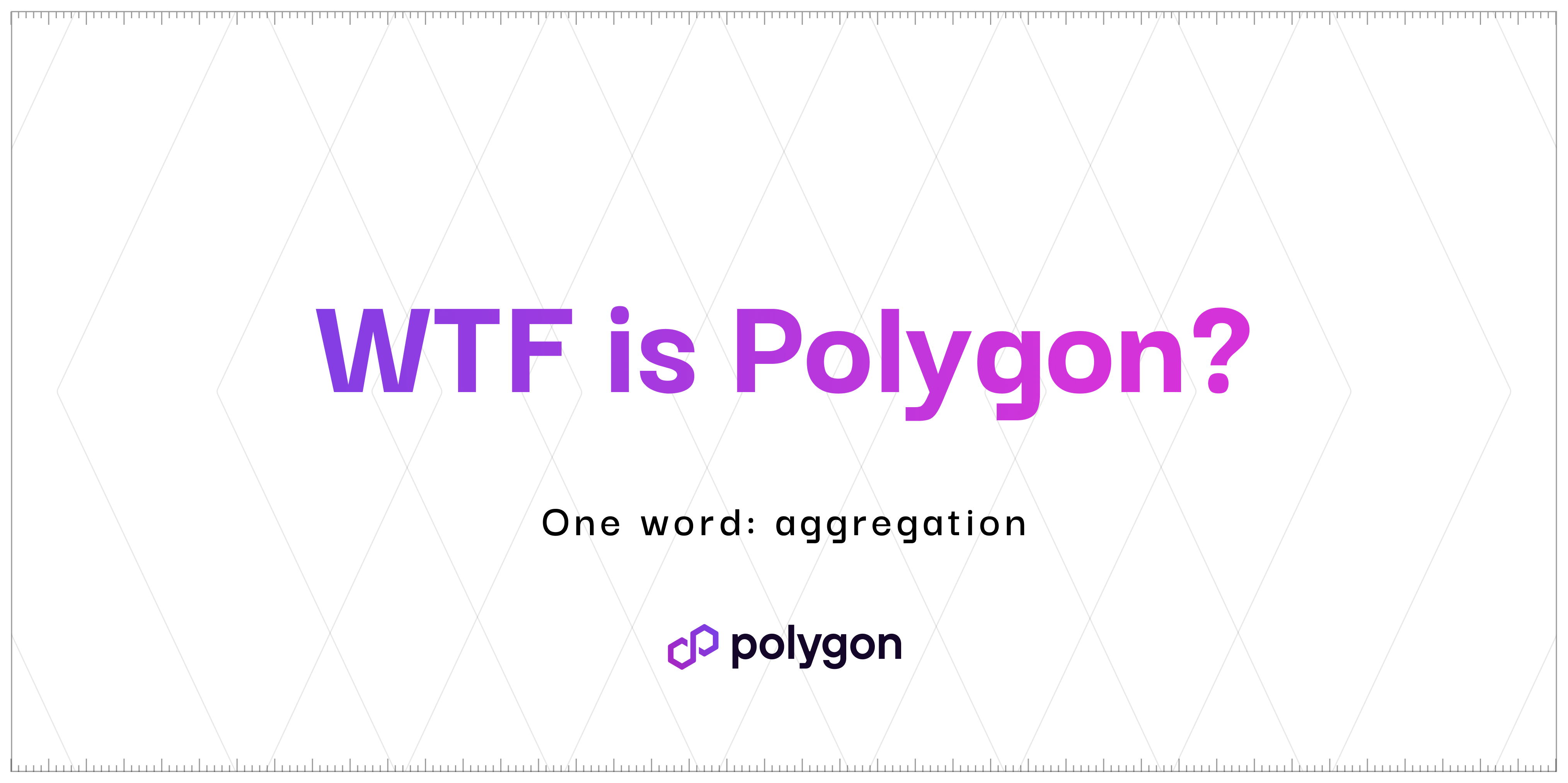What EIP-4844 Will Mean for Polygon
The Dencun upgrade introduces a new resource for Layer 2s and will reduce transaction fees related to calldata. This is how (and when) it will benefit Polygon users.
.png)
tl;dr:
- EIP-4844 introduces blobspace, a database storage concept for efficiently managing large binary objects (BLOBs)
- Blobs will reduce transaction costs for rollups, because data blobs don’t require permanent storage on Ethereum, making them cheaper on a per-byte basis
- For Polygon zkEVM, about 80% of every transaction fee goes to making transaction data available on Ethereum. EIP-4844 is expected to reduce this portion of tx fees by 2X - 5X
- The Feijoa upgrade for Polygon zkEVM will include support for EIP-4844, expected live in May
- For chains building with Polygon CDK in validium mode, transactions fees are already low; Polygon PoS is not (yet) a ZK-powered L2, so EIP-4844 will not affect the protocol.
On March 14, the Dencun upgrade will go live on Ethereum Mainnet. Dencun includes six EIPs related to Ethereum’s execution logic. The most important among these is EIP-4844, which introduces a special resource exclusively for Layer 2s that will reduce transaction fees. Blobspace is the biggest thing since The Merge.
Exactly how much EIP-4844 will reduce transaction fees is unknown, but current estimates are from 2X - 5X.
Here is what that means for Polygon scaling tools and protocols. But first, a brief introduction to blobs and how they compare to calldata.
What are blobs?
Blobspace is a storage management concept often used in database systems to efficiently store and manage large objects, such as binary large objects (BLOBs). These objects can include multimedia files, documents, and other types of data that require substantial storage space. Blobspace facilitates the handling of these large items separately from regular database operations, improving performance and management.
Blobs will provide a low-cost alternative to calldata, the current data storage resource. Both calldata and blobs are forms of persistent memory. But whereas calldata needs to be stored permanently, blobs are stored for only 18 days. This provides enough time for nodes to ensure that transaction data is available in the event of a liveness issue while also removing the storage burden that calldata imposes on the network.
Polygon Type 1 zkEVM prover
The Type 1 zkEVM prover, announced last month, preserves all of Ethereum’s execution logic. All features in the Cancun upgrade have been in development for the Type 1 zkEVM prover, with the expectation that the code will be complete in time for the rollout next week.
Of the other five execution-logic related EIPs, the Type 1 zkEVM prover will include support for four, with EIP-2537 still outstanding. EIP-2537 verifies KZG commitments and, for the time being, the values are taken as public input.
The Type 1 zkEVM prover is distinct from the rollup infrastructure built around it. Which is to say, estimates of the cost reduction provided by EIP-4844 cannot be made.
Polygon zkEVM
Cost reduction
An anticipated 2X - 5X reduction is expected when support for EIP-4844 goes live. Here’s why.
When a user sends a transaction on Polygon zkEVM, the transaction fee covers the cost of two things:
- the L2 network resources needed to execute the transaction; and
- the L1 network resources for making the transaction data available.
This second part of the formula is what’s costly. On Polygon zkEVM, calldata accounts for approximately 80% of a transaction fee. A 2X - 5X reduction of a hypothetical $1.00 transaction fee on Polygon zkEVM today is reduced to $0.60 - $0.36 after support for EIP-4844 is included.
For more on transaction fees on Polygon zkEVM, see “Effective Gas Price.”
One important difference between calldata and blobs is that calldata can be used in the exact amount in which it is needed. Blobs, on the other hand, have to be bought whole.
So, blobs will always be cheaper than calldata when there are enough transactions to fill the blob. In the case of Polygon zkEVM, this means that there may be occasions in which it is cheaper to post transaction data as calldata.
Wen
The Feijoa upgrade. Feijoa follows last month’s Elderberry upgrade and is expected on testnet in April. Following the 10-day timelock standard for upgrading Polygon zkEVM, EIP-4844 is estimated to go live on mainnet around May 01.
Polygon CDK
For projects built with Polygon CDK in validium mode, transaction fees are already cheaper.
Even with EIP-4844 for rollups, third-party DA solutions for validiums will offer lower transaction fees. When Polygon CDK does include support for EIP-4844, later this year, those already low costs are expected to fall further.
Polygon PoS
Only rollups benefit from EIP-4844, and the scaling technology used for Polygon PoS was chosen to make transaction fees as low as possible. However, a discussion with the Polygon community that began last year would see the network upgraded to a zkEVM validium. An exact technical specification for the upgrade is forthcoming.
* * *
Tune into the blog and our social channels to keep up with updates about the Polygon ecosystem.
The future of Web3 is aggregated.
Website | Twitter | Forum | Telegram | Discord | Instagram | LinkedIn | Polygon Knowledge Layer










.png)





.png)
